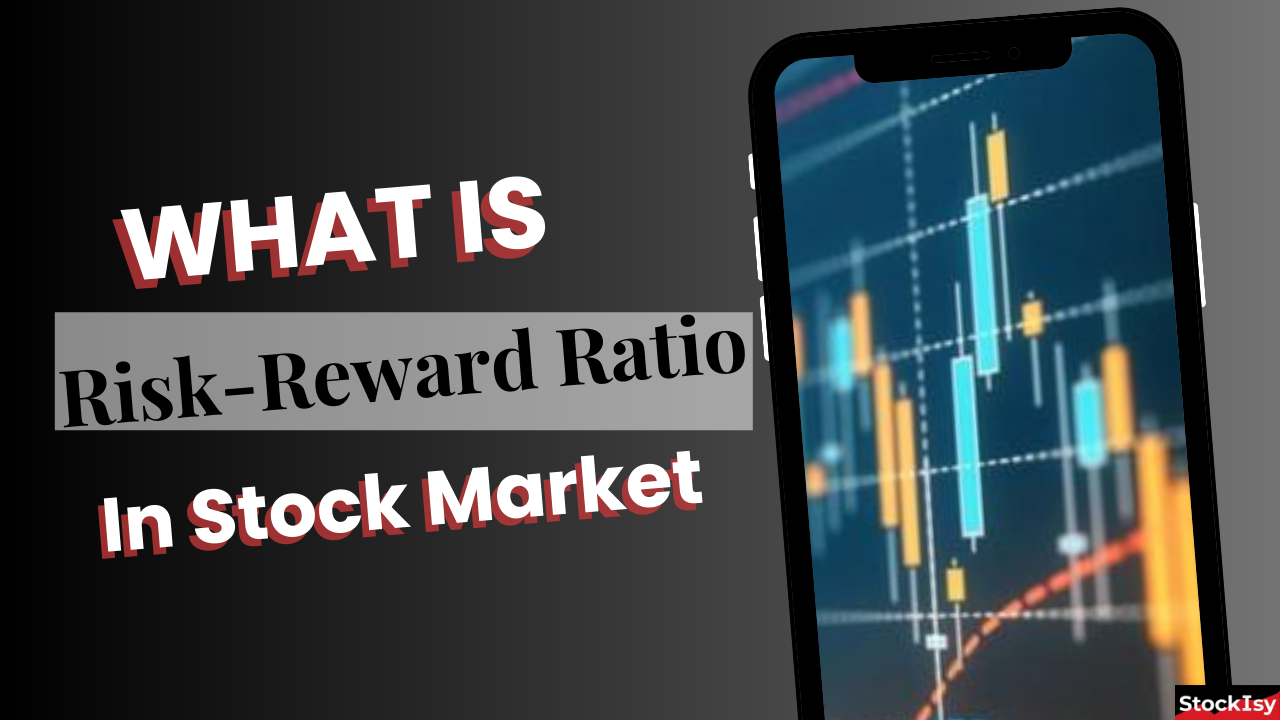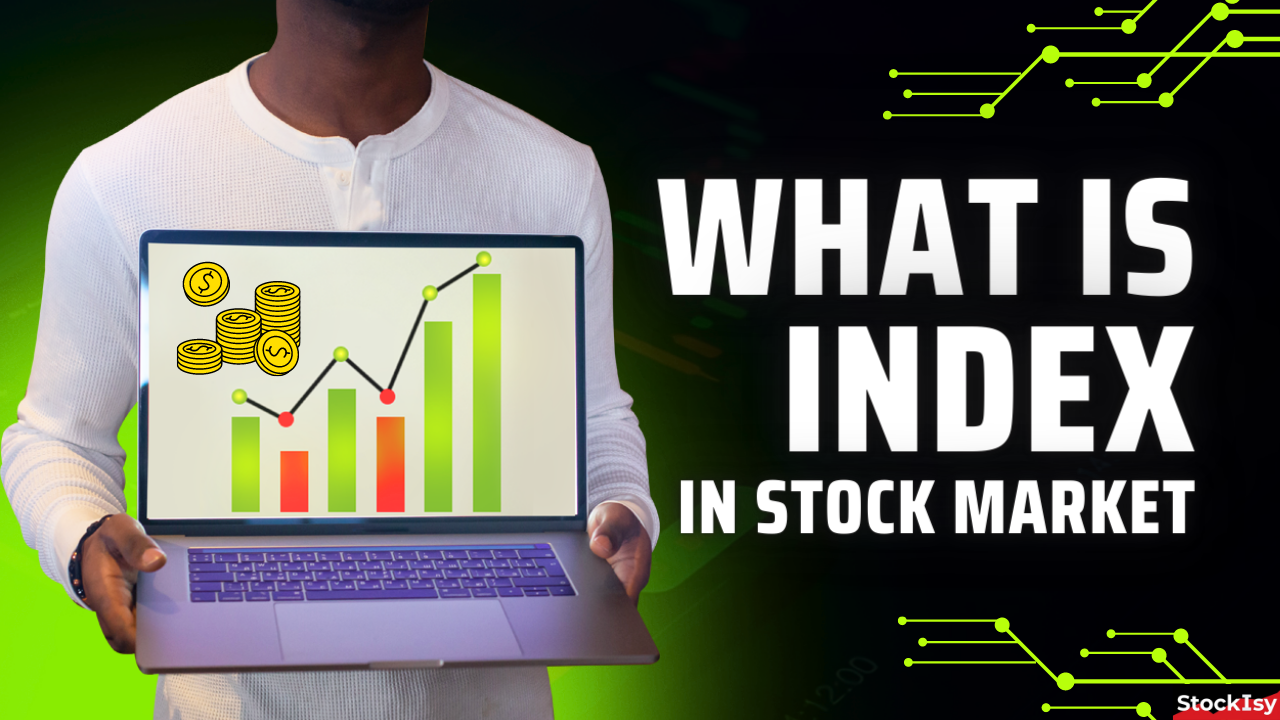In the world of finance and investing, there are various strategies that traders and investors employ to make profits. One such strategy that often garners attention is short selling of stocks. Short selling is a unique and somewhat complex approach that allows traders to profit from the decline in the price of a stock. In this article, we will delve into the concept of short selling, how it works, its advantages and disadvantages, and the ethical considerations surrounding it.
What is Short Selling?
Short selling, also known as shorting a stock, is a trading strategy where an investor borrows shares of a stock from a broker and sells them on the market with the expectation that the stock’s price will decrease. The goal is to buy back the shares at a lower price, return them to the broker, and pocket the difference as profit. This might sound counterintuitive since traditional investing involves buying low and selling high, but short sellers essentially do the opposite.
The Mechanics of Short Selling
- Borrowing the Stock: To initiate a short sale, an investor must borrow the shares from their broker. The broker lends these shares from their own inventory or from other clients who hold the stock.
- Selling the Shares: Once the shares are borrowed, the investor sells them on the open market. This is where they enter a short position.
- Monitoring the Stock: The investor closely monitors the stock’s price. They aim to buy it back at a lower price.
- Closing the Position: When the stock’s price has fallen as desired, the investor buys back the shares from the market and returns them to the broker. The difference between the selling and buying prices represents their profit.
Advantages of Short Selling
Short selling offers several advantages for traders and investors:
1. Diversification
Short selling allows investors to profit in both rising and falling markets, providing diversification to their portfolios.
2. Hedging
Investors can use short selling as a hedging strategy to protect their long positions from potential losses during market downturns.
3. Price Discovery
Short selling contributes to price discovery by reflecting market sentiment and providing liquidity.
Risks and Challenges
Short selling comes with its fair share of risks and challenges:
1. Unlimited Losses
Unlike buying a stock, where the maximum loss is the initial investment, short selling has unlimited loss potential if the stock’s price rises significantly.
2. Borrowing Costs
Borrowing shares from a broker incurs borrowing costs, including interest and fees.
3. Short Squeezes
A short squeeze occurs when a heavily shorted stock experiences a sudden price increase, forcing short sellers to cover their positions at a loss.
Ethical Considerations
Short selling has faced ethical scrutiny over the years. Critics argue that it can lead to market manipulation and unfairly profiting from a company’s decline. Regulators have implemented rules to mitigate potential abuses, but the ethical debate continues.
Conclusion
Short selling is a unique and powerful trading strategy that offers both opportunities and risks to investors. Understanding its mechanics, advantages, disadvantages, and ethical considerations is crucial for anyone considering this approach in the world of finance.
Also Read: The Power of Investment













